
Happy new year, everyone!

Happy new year, everyone!
At this time of the year, especially in these tumultuous times, is there anything else I could possibly wish for?

Earthrise from Apollo 8
“And from the crew of Apollo 8, we close with good night, good luck, a merry Christmas, and God bless all of you — all of you on the good Earth.“
I don’t think I’ve ever done a “year in review” bragfest thing in my blog, but this year has been… well, surprisingly productive, helped in part by our AI friends.
Here are some of the things I created this year:

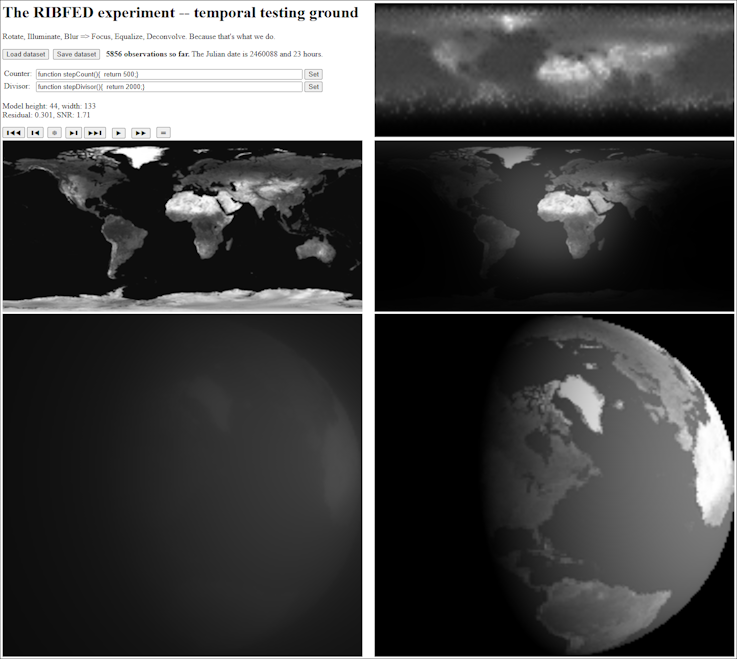
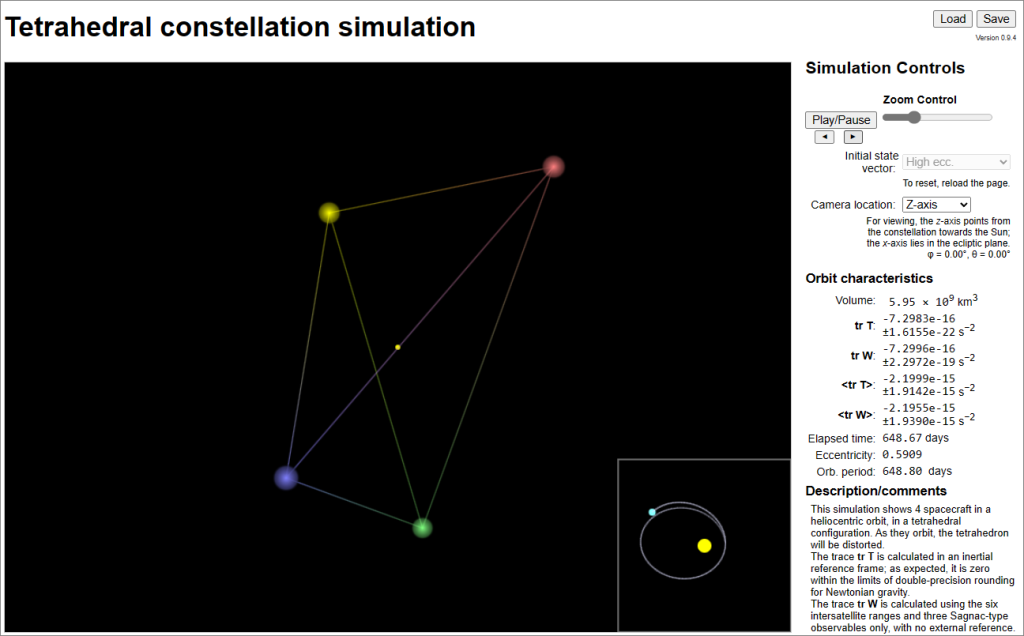
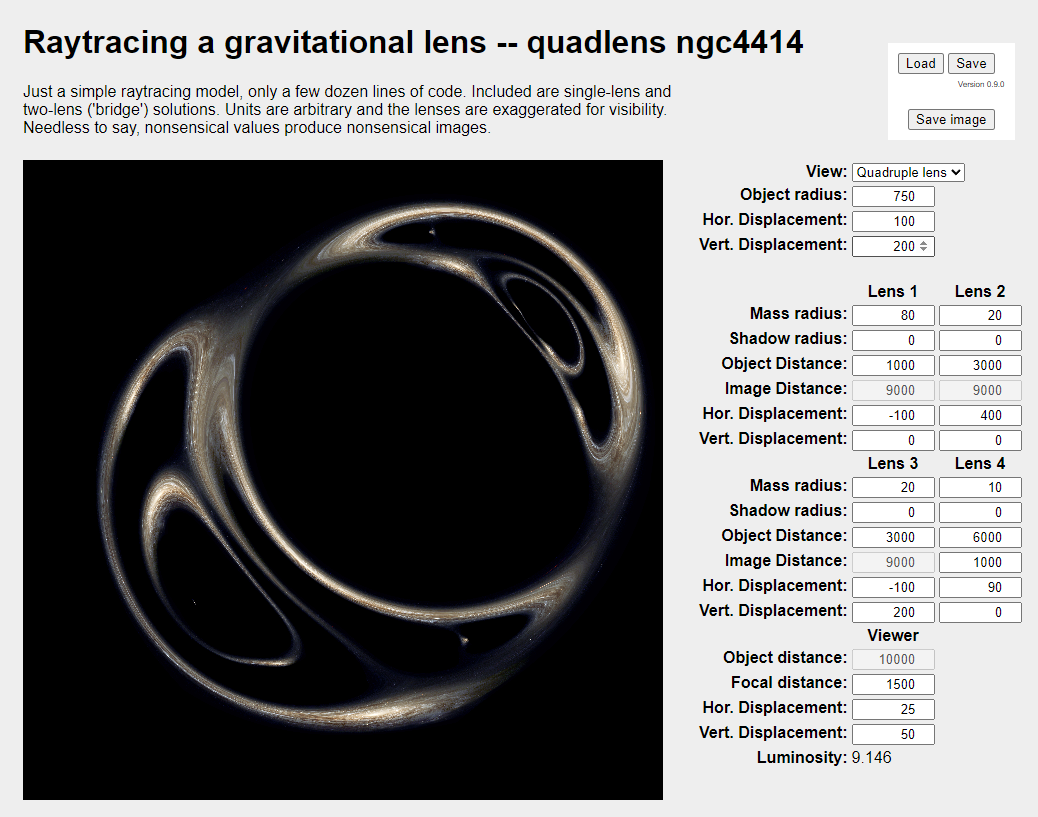


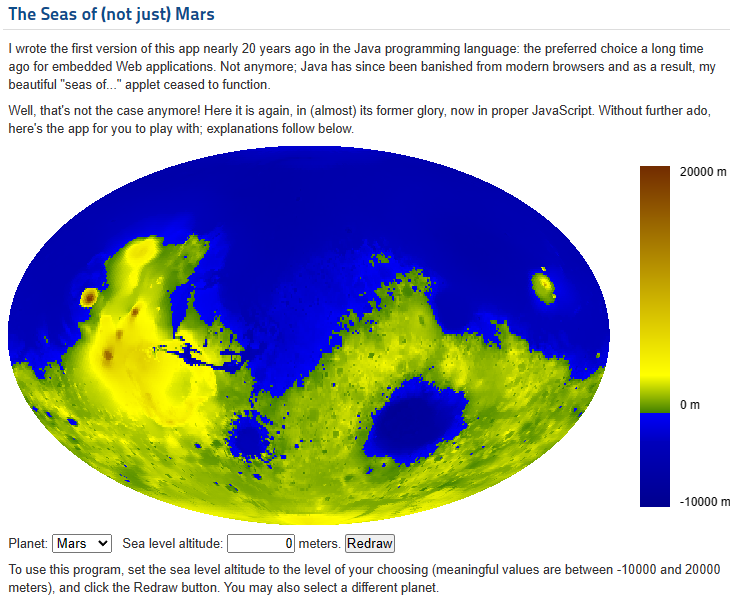
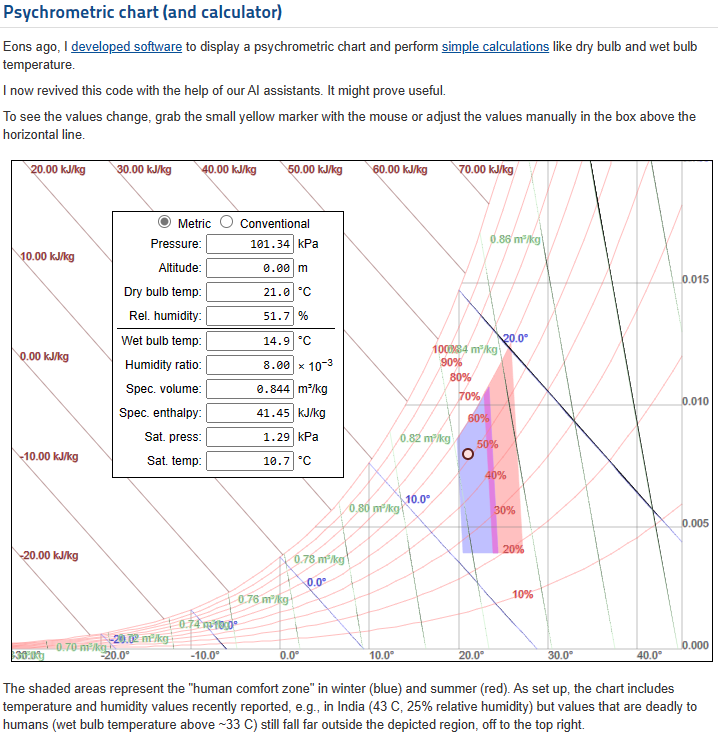
I also published a number of papers, both on my own and with coauthors:
Additionally, I completed several in-house projects, including a much dreaded major Joomla! upgrade: Joomla! is the content management system I use for several of my Web sites, and the upgrade required first upgrading PHP, which in turn required fixes to countless instances of PHP code I wrote as many as 20 years ago, code that is not compatible with modern PHP versions. In the process, I also wrote replacement alternatives to two no longer supported third-party Joomla! components, to view images as thumbnails, and to view an image slideshow.
I also completed the Google foobar challenge, Google’s secret recruiting tool. No, I am not looking for a job at Google, but the challenge was, well, challenging (in a fun way) and it also allowed me to learn Python, the language I chose to implement the code that the challenge required. So now I know Python. Not a Python expert by any means, but I feel confident in my ability to use that language (which, incidentally, turns out to be more fun than I anticipated.)
So not quite an annus mirabilis (I don’t expect to discover a new relativity theory anytime soon) but not a bad year. And at least for a small part of this work, I even got paid. Not much, mind you, but I’ve been able to pay our bills so I am not complaining. I suppose if I were smarter, I’d do more work for money, but then again, there’s the quality of life thing, too…
I wanted to check something on IMDB. I looked up the film. I was confronted by an unfamiliar user interface. Now unfamiliar is okay, but the UI I saw is badly organized, key information (e.g., year of release, country of origin) difficult to find, with oversized images at the expense of useful content. And no, I don’t mean the ads; I am comfortable with relevant, respectful ads. It’s the fact that a lot less information is presented, taking up a lot more space.
Fortunately, in the case of IMDB I was able to restore a much more useful design by logging in to my IMDB account, going to account settings, and making sure that the Contributors checkbox was checked. Phew. So much more (SO MUCH MORE) readable, digestible at a glance. Yes, it’s smaller print. Of course. But the information is much better organized, the appearance is more consistent (no widely different font sizes) and the page is dominated by information, not entertainment in the form of images.

IMDB is not the only example. Recently, after I gave it a valiant try, I purposefully downgraded my favorite Android e-mail software as its new user interface was such a letdown. At least I had the foresight to save the APK of the old version, so I was able to install it and then make sure in the Play Store settings that it would not be upgraded. Not that I am comfortable not upgrading software but in this case, it was worth the risk.
All this reminds me of a recent discussion with a friend who works as a software professional himself: he is fed up to his eyeballs with the pervasive “Agile” fad at his workplace, with its mandatory “Scrum” meetings and whatnot. Oh, the blessings of being an independent developer: I could tell him that if a client mentioned “Agile” more than once, it’d be time for me to “Scrum” the hell out of there…
OK, I hope it’s not just grumpy ole’ complaining on my part. But seriously, these trendy fads are not helping. Software becomes less useful. Project management culture reinvents the wheel (I have an almost 50-year old Hungarian-language book on my shelf on project management that discusses iterative management in depth) with buzzwords that no doubt bring shady consultants a lot more money than I ever made actually building things. (Not complaining. I purposefully abandoned that direction in my life 30 years ago when I quietly walked out of a meeting, not having the stomach anymore to wear a $1000 suit and nod wisely while listening to eloquent BS.) The result is all too often a badly managed project, with a management culture that is no less rigid than the old culture (no fads can overcome management incompetence) but with less documentation, less control, less consistent system behavior, more undocumented dependencies, and compromised security. UI design has fads that change with the seasons, united only by results that are about as practical as a Paris fashion designer’s latest collection of “work attire”.
OK, I would be lying if I said that only bad things come out of change. Now that I use AI in software development, not a day goes by without the AI teaching me something I did not know, including tools, language features and whatnot that can help improve the user experience. But it would be so nice if we didn’t take three steps back for every four steps forward.
A welcome sight: A seemingly civilized discussion between Volodymyr Zelenskyy and Viktor Orban.
Of course “frank” in the language of diplomacy can mean many things, but if their posture is any indication, the conversation might have been mutually respectful, perhaps even productive. Moments like this have been known in the past to break the ice where more formal encounters led nowhere. One can only hope…
I am looking at the summary by Reuters of the European Union’s proposed regulatory framework for AI.
I dreaded this: incompetent politicians, populist opportunists, meddling in things that they themselves don’t fully understand, regulating things that need no regulation while not paying attention to the real threats.
Perhaps I was wrong.
Of course, as always, the process moves at a snail’s pace. By the time the new regulations are expected to come into force, 2026, the framework will likely be hopelessly obsolete.
Still: Light transparency requirements as a general principle, severe restrictions on the use of AI for law enforcement and surveillance, strict regulation for high-risk systems… I am compelled to admit, the attitude this reflects makes a surprising amount of good sense.
Almost as if the framework was crafted by an AI…
Today, December 7, marks the 82nd anniversary of the attack on Pearl Harbor.
Discussion of the Pacific War inevitably leads to discussion of the morality and necessity of the atomic bombings of Hiroshima and Nagasaki.
I have long argued, and continue to argue, that it was the only acceptable decision for Harry Truman to make back during the fateful summer of 1945. And I just came across an unusual data point that supports my argument: the manufacture of Purple Hearts.
Wikipedia tells us that the Purple Heart is a US military decoration awarded to those wounded or killed while serving. Needless to say, Purple Hearts must have been in high demand during the war years, between 1941-1945. The decorations obviously need to be manufactured, and that means the US government placing an order for them in anticipation of casualties during any conflict.
And it was an order of stunning magnitude that they placed in 1944-1945, anticipating the invasion of Japan: Something like half a million Purple Hearts were stockpiled. As a result of this and other unused stocks, it was not until the year 2000 that the US government ordered a new supply, and the old supply, though running low, remains in existence to this date.
So imagine that you are the newly minted president of the United States, after your former boss, Roosevelt, dies. You are informed that your government just completed an astonishing effort to create an immensely powerful new weapon, and it is ready for deployment. You are facing a ruthless enemy: Let’s not forget that the Empire of Japan was no less genocidal than Hitler’s regime, perhaps in some ways even more so (look up Unit 731 on Wikipedia if you have the stomach for it.) Perhaps they are ready to surrender. Perhaps not. But until they are, they remain the enemy. You don’t have the benefit of hindsight. You know what you know and it’s July 1945.
How could you NOT order tactical deployment of the new weapon? As opposed to keeping it in reserve or worse yet, wasting one for a theatrical “demonstration”? Wouldn’t that be an open betrayal of the American servicemen fighting in the Pacific theater? An almost treasonous act?
Yes, there were dissenting voices. But, lest we forget, the conventional bombing campaigns were just as brutal on the civilian population as the nuclear bombs, perhaps even more so. The firebombings of Dresden and Tokyo serve as splendid examples of just what the Allied powers were able and willing to do to enemy cities and their civilian population. Of course there was dissent. Americans are not without conscience, and senior political and military leaders in 1945 were no exception. But it was not until the 1960s that questioning the morality of the use of these weapons became… fashionable.
Yet here we are, more than 78 years later, and not a single nuclear weapon was used in anger ever since. That’s not an iron clad guarantee of course, but at least a ray of hope. Perhaps Hiroshima and Nagasaki achieved more than help bring an end to the War in the Pacific. Perhaps they also helped shape our public perception of nuclear war as the pinnacle of abhorrence.
In the meantime, though, if anyone wonders about the morality of Truman’s decision, perhaps it’s a good idea to contemplate the half million (give or take) surplus Purple Hearts.
A few days ago, I came across an article that described a remarkable paper, published in the USSR more than 50 years ago, with predictions on climate change.
Predictions that proved remarkably prescient.
I first read about Mikhail Budyko’s article in a recent review, published on EOS three years ago. What caught my attention, in particular, was Fig. 1 of that article, reproduced below, that shows just how spot on Budyko’s predictions happen to be.

Naturally, I wanted to see the original reference, which proved harder than I expected. While it was cited many times, the paper was almost impossible to find. Although I did locate it in an online Russian library, it was only an index entry, with the (unscanned) copy available only for reading in person.
But then… Fortunate favors the… foolish? Persistent? I stumbled upon a 2020 Russian-language publication containing full reprints of several papers by Mikhail Budyko, including the paper in question.
I took it upon myself then to translate the paper in its entirety, with help from one of our AI friends. (AI can do a remarkable job translating technically challenging content, much better than dedicated translation software, albeit some supervision is required.)
Yes, Budyko indeed accurately predicted human-induced climate change. His concerns about rapid changes, “tipping points” are also well-justified. Notably, his work was written before climate change became political football. It’s the work of an excellent climate scientist, not a political hack.
Now that Roy Kerr’s paper on black holes and singularities is on arXiv, I am sure I’ll be asked about it again, just as I have been asked about it already on Quora.
Roy Kerr, of course, is one of the living legends of relativity theory. His axisymmetric solution, published in the year of my birth, was the first new solution in nearly half a century after Karl Schwarzschild published his famous solution for a spherically symmetric, static, vacuum spacetime. I hesitate to be critical of this manuscript since chances are that Kerr is right and I am wrong.

Kerr now argues that the singularity theorems are nonsense, and that his axisymmetric solution actually hides some nonsingular configuration of matter therein.
At a first glance, the paper seems well written and robust. Still… when I dug into it, there are a few things that caught my attention, and not in a right way. First, the paper takes argument with “singularity believers” using language that almost sounds like pseudoscience. Second, it has some weird factual errors. E.g., it asserts that black holes “as large as 100 billion solar masses have been observed by the James Webb Telescope” (not even close). Or, it describes the famous Oppenheimer-Snyder paper of 1939 as having “used linear, nineteenth century ideas on how matter behaves under extreme pressures” (actually, Oppenheimer and Snyder discuss the collapse of a “dust” solution with negligible pressure using the tools of general relativity with rigor). Kerr further criticizes the Oppenheimer-Snyder paper as attempting “to ‘prove’ that the ensuing metric is still singular”, even though that paper says nothing about the metric’s singularity, only that the collapsing star will eventually reach its “gravitational radius” (i.e., the Schwarzschild radius). Nonetheless, later Kerr doubles down by writing that “Oppenheimer and Snyder proved that the metric collapses to a point,” whereas the closest the actual Oppenheimer-Snyder paper comes to this is describing collapsing stars as stars “which cannot end in a stable stationary state”.
Never mind, let’s ignore these issues as they may not be relevant to Kerr’s argument after all. His main argument is basically that Penrose and Hawking deduced the necessary presence of singularities from the existence of light rays of finite affine length; i.e., light rays that, in some sense, terminate (presumably at the singularity). Kerr says that no, the ring singularity inside a Kerr black hole, for instance, may just be an idealized substitute for a rotating neutron star.
Now Kerr has an interesting point here. Take the Schwarzschild metric. It is a vacuum solution of general relativity, but it also accurately describes the gravitational field outside any static, spherically symmetric distribution of matter in the vacuum. So a Schwarzschild solution does not imply an event horizon or a singularity: they can be replaced by an extended, gravitating body that has no singularities whatsoever so long as the radius of the body is greater than the Schwarzschild radius associated with its mass. The gravitational field of the Earth is also well described by Schwarzschild outside the Earth. So in my reading, the crucial question Kerr raises is this: Is it possible that once we introduce matter inside the event horizon of a Kerr black hole, perhaps that can eliminate the interior Cauchy horizon or, at the very least, the ring singularity that it hides?
I don’t think that is the case, and here is why. Between the two horizons of a Kerr black hole, the “radial” coordinate is now the timelike coordinate, with the future pointing “inward”, i.e., towards the Cauchy horizon. That means that particles of matter do not have trajectories that would allow them to avoid the Cauchy horizon; no matter what path they follow, they will reach that horizon in finite proper time.
Inside the Cauchy horizon, anything goes, since closed timelike curves exist. So presumably, it might even be possible for particles of matter to travel back and forth between the past and the future, never hitting the ring singularity. But that’s not what Kerr is suggesting in his paper; he’s not talking about acausal worldlines inside the Cauchy horizon, but some “nonsingular interior star”. I don’t see how to make sense of that suggestion, because I don’t see how a stationary configuration of matter could exist inside the inner horizon. Wobbling back-and-forth between yesterday and tomorrow in a closed timelike loop is not a stationary configuration!
For these reasons, even as I am painfully aware that I am arguing with a Roy Kerr so there’s a darn good chance that he’s right and I’m spouting nonsense, I must say that I remain unconvinced by his paper. The language he uses (e.g., describing the business of singularities as “dogma”) is not helping either. Also, his description of the interior of the rotating black hole sounds a bit off; to use his own words, “nineteenth century” reasoning, much more so than the Oppenheimer-Snyder paper that he criticizes.
I just came across a quote attributed to Einstein: “If I had foreseen Hiroshima and Nagasaki, I would have torn up my formula in 1905.”
The problem with this quote is that it is utter nonsense, and not something Einstein likely would have said, ever.

The “formula” of mass-energy equivalence simply states that an object’s resistance to motion (its inertia) is proportional to its energy-content. That is all. Yes, I know that in the popular imagination, \(E=mc^2\) is frequently associated with the nuclear age. But that’s nonsense. \(E=mc^2\) is not about “converting” anything into anything. Mass-energy is mass-energy, and it is conserved. Whether it is in the form of the nuclear binding energy of a uranium atom (or for that matter, the chemical binding energy of carbon atoms in a fireplace log) or in the form of the kinetic energy of photons released by a nuclear or chemical reaction has absolutely nothing to do with \(E=mc^2\): the formula does not explain nuclear fission any more than it explains the chemical reactions that govern the burning of wood.
But then, what about this quote, which appears in a number of reliable places, including Wikiquotes?
It is attributed to a book published by a William Hermanns, who supposedly interviewed Einstein on a number of occasions between the late 1920s and Einstein’s death in 1955.
The person appears real. I found, in Google’s archive, the May 2, 1955 issue of Life, which includes a personal recollection of one of Life’s own editors, William Miller, of his very last visit to Einstein, when he actually met William Hermanns.
Hermanns’s book, Einstein and the Poet: In Search of the Cosmic Man, is also real: In fact, it even has a Kindle edition.
But… how much of it is true?
Considering that Hermanns has an exceptional biography (which one can read on a Web site dedicated to his life) it is more than a bit odd that the only references to his name in Wikipedia are Einstein-related. Yet his name does not appear in notable Einstein biographies, including Abraham Pais’s definitive scientific biography, or Walter Isaacson’s exceptionally good Einstein bio.
When I read the few pages of Hermanns’s book that are available as a Kindle preview, I grow even more suspicious. For instance, according to Hermanns, already in 1927 Einstein was “marked by Nazis as ‘Enemy number One of the Nation,’ and the object of at least seven plots to take his life.” News to me.
But then, Hermanns goes on to quote Einstein who supposedly said, “When I was about five, my father gave me a compass as a toy. I wanted to find out why the needle never deviated […] When I asked my uncle, an engineer, he immediately proceeded to teach me some fundamentals of algebra, with this advice: ‘What you don’t know, call x, then hunt til you find what it is.’ From that time on, I have called everything I didn’t know x, especially magnetism.”
As I asked ChatGPT just moments ago, can you imagine Einstein saying these words, in 1927, to a stranger who just visited him?
Long story short, I don’t know what to think. Based on what I have read, I do not believe Hermanns’s accounts of his conversations with Einstein are credible. At the very least, they must be severely distorted versions of Einstein’s words, probably deeply colored, warped by Hermanns’s imagination. For what it’s worth, ChatGPT concurs: “The lack of independent verification and recognition in authoritative sources casts doubt on the accuracy and credibility of his accounts. Your reservations about accepting Hermanns’ narratives as factual are well-founded.”
Well, here it is, a local copy of a portable large language and visual model. An everywhere-run executable in a mere 4 GB. Here’s my first test, with a few random questions and an image (one of my favorite Kliban cartoons) to analyze:
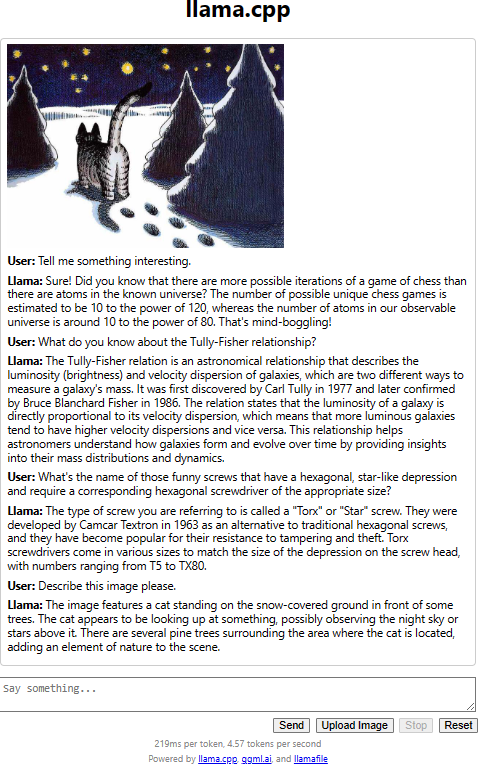
Now 4.57 tokens per second is not exactly fast but hey, it runs on my 7-year old workstation, with no GPU acceleration, and yet, its performance is more than decent.
How is this LLM different from GPT or Claude? Well, it requires no subscription, no Internet connection. It is entirely self-contained, and fast enough to run on run-of-the-mill PC hardware.